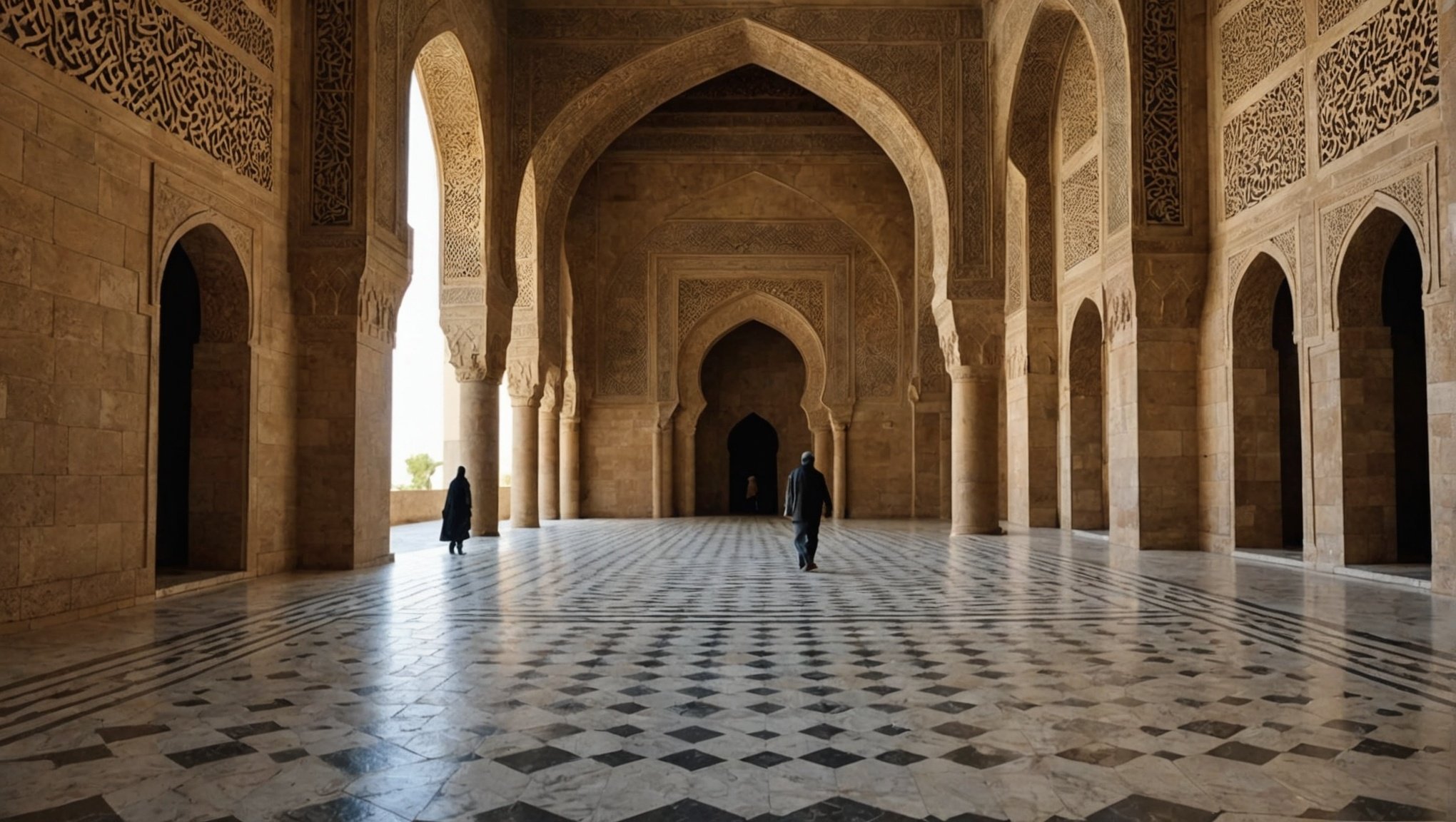Museum of islamic art and morocco: journey through heritage

The Museum of Islamic Art offers a unique lens into Morocco's rich cultural tapestry. This institution plays a vital role in preserving the country’s heritage, showcasing the significance of Islamic art in shaping cultural identity. Through diverse exhibitions, visitors engage with art that tells stories of Morocco's past while celebrating its vibrant present. Discover how this museum fosters a deeper understanding of Moroccan artistry and its place within the larger Islamic tradition.
Overview of the Museum of Islamic Art and its connection to Moroccan heritage
The Museum of Islamic Art is a beacon of cultural preservation, dedicated to showcasing the rich tapestry of Islamic art and its profound connection to Moroccan heritage. At the heart of its mission is the preservation and promotion of Moroccan heritage, offering visitors an opportunity for in-depth exploration. Through exhibitions like "Splendours of the Atlas: A Voyage Through Morocco’s Heritage," the museum provides insights into the significance of Islamic art in understanding cultural identity. These exhibitions are integral to the Qatar-Morocco 2024 Year of Culture, celebrating shared cultural ties.
Also to discover : Master the art of jewelry making: tips for beginners
The museum plays a crucial role in fostering community relationships and enhancing cultural tourism, providing a platform for Moroccan heritage exploration. By highlighting the importance of museums in cultural preservation, the Museum of Islamic Art ensures that visitors can appreciate the historical and artistic nuances of Moroccan culture. Through its initiatives, the museum not only educates but also inspires a deeper appreciation for the diverse cultural legacies that shape our world. Explore more about these fascinating cultural connections here.
Featured exhibitions related to Moroccan art
The "Splendours of the Atlas: A Voyage Through Morocco’s Heritage" exhibition, a highlight of the Qatar-Morocco 2024 Year of Culture, offers a rich exploration of Islamic artifacts in museums. This exhibition delves into the historical context of Islamic art, showcasing Morocco's multifaceted heritage. Visitors can expect to see works by artists like Bruno Barbey and Lalla Essaydi, who capture the essence of Moroccan landscapes and daily life.
Additional reading : Luxury travel to india with lufthansa a350 business class
Complementing this is the "Ektashif: Morocco Exhibition," which provides insights into traditional art and architecture through the eyes of seven Qatari artists. This exhibition, part of the museum exhibitions in Morocco, reflects a significant cultural exchange, emphasising Morocco's artistic traditions.
Significant artworks and artists featured in these exhibitions highlight Morocco's journey through history, offering a cultural tapestry that is both educational and inspiring. Upcoming events at the Museum of Islamic Art promise to continue this journey through Moroccan history, with exhibitions like "Palestine: A Journey Through Time" providing additional context and depth. These exhibitions offer a gateway into the rich cultural legacies of Morocco and the broader Islamic world.
Visitor information and experience
Visitors to the Museum of Islamic Art can expect a well-rounded experience, enriched by diverse educational programs and workshops. These programs are designed to deepen understanding of Islamic art and Moroccan heritage. For those planning a visit, practical tips include checking the museum's visiting hours and ticketing options. It's advisable to book tickets in advance, especially during peak periods of the Qatar-Morocco 2024 Year of Culture.
Dress codes are generally respectful, aligning with cultural norms, and photography policies are in place to ensure artefacts are preserved. For those interested in more immersive experiences, the museum offers resources like guided tours and interactive exhibits, enhancing the visitor's engagement with the displays.
Beyond the museum, exploring tourist attractions around Moroccan museums can provide a broader cultural context. Visitors can enjoy nearby historic sites and vibrant local markets, further immersing themselves in the rich tapestry of Moroccan culture. With these tips and resources, visitors can make the most of their time at the Museum of Islamic Art, gaining valuable insights into the artistic traditions and cultural narratives of Morocco.
The Cultural impact of Islamic Art in Morocco
Islamic art has profoundly influenced the evolution of Moroccan art, intertwining with the nation's cultural and historical fabric. The diverse cultural influences in Moroccan art are evident in its architectural styles, which reflect a rich tapestry of Islamic traditions. Islamic architecture in Morocco is characterized by intricate designs and motifs, showcasing the country's historical context. Examples include the iconic Hassan II Mosque, with its grand minaret and intricate tilework, embodying the fusion of Islamic and Moroccan aesthetics.
The role of storytelling through Islamic art is pivotal in Moroccan culture. Artworks often narrate tales of the past, preserving cultural narratives and traditions. This storytelling aspect is not only a form of artistic expression but also a means of cultural preservation, allowing Moroccan heritage to thrive through generations.
The ongoing exhibitions at the Museum of Islamic Art, such as the "Splendours of the Atlas: A Voyage Through Morocco’s Heritage," offer insight into these artistic traditions. By exploring these exhibits, visitors can appreciate how Islamic art continues to shape and define Morocco's cultural identity, providing a window into the nation's vibrant artistic legacy.
